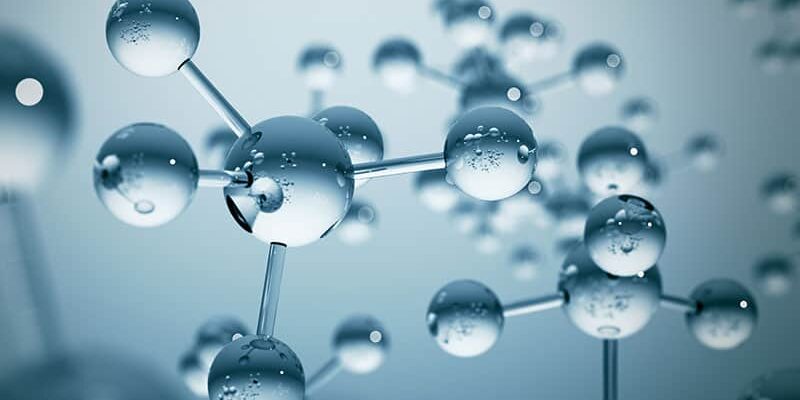Revitalizing Dental Health: The Power of a Biomimetic Peptide in Remineralizing Carious Lesions
In the realm of dentistry, the battle against dental caries is an ongoing challenge, affecting millions around the globe. Modern dentistry has taken a remarkable stride towards combatting this common ailment by venturing into innovative solutions to restore enamel and preserve oral health. One such groundbreaking approach is remineralization, a therapeutic strategy aimed at arresting caries progression and reinstating the natural mechanical attributes of teeth.
At the core of this advancement lies the captivating realm of biomineralization, a fundamental process that orchestrates the development of hard tissues like teeth and bones. A significant player in this intricate symphony is the family of enamel matrix proteins (EMPs), recognized for their pivotal role in enamel biomineralization.
Among these protein heroes, amelogenin emerges as a central figure, wielding the power to propel mineralization and mold the nanocrystalline composition of calcium phosphate. The significance of these attributes has been substantiated by a wealth of scientific studies.
For decades, fluoride has stood as a stalwart defender in the war against dental caries. It has proven its mettle in the prevention and treatment of carious lesions, particularly during their initial stages.
However, a pertinent concern arises – the potential over-mineralization of the lesion surface, which might inadvertently impede effective remineralization of deeper layers. Adding to this challenge is the emergence of fluoride-resistant bacteria, posing a new layer of complexity in the battle against dental decay.
Exploring Synergy: Biomimetic Peptides and Fluoride
In a pursuit to synergize the power of biomimetic peptides and fluoride, a study published in Regenerative Biomaterials in June 2020 sought to explore the possibility of a dynamic partnership. The authors delved into the interaction between enamel matrix proteins (specifically the biomimetic peptide QP5, derived from amelogenin) and fluoride. Their analysis was grounded in meticulously crafted carious lesions on extracted and meticulously treated molars.
The outcome of their scientific exploration was both intriguing and promising. The biomimetic peptide QP5, birthed from amelogenin, exhibited the remarkable ability to form a bond with the enamel surface. This bond, in turn, transiently stabilized the amorphous calcium phosphate, thereby exerting control over the crystallization of hydroxyapatite. The final result? A substantial contribution to the remineralization of carious lesions.
The Dance of Synergy: Peptide and Fluoride
Perhaps the most remarkable revelation from this study was the potential synergy between the biomimetic peptide QP5 and fluoride. In the presence of fluoride, this biomimetic peptide demonstrated an exceptional ability to enhance the efficiency of fluoride’s remineralization prowess. This observation opens doors to a new realm of dental materials, offering a tantalizing glimpse into a future where the collaborative efforts of nature-inspired peptides and scientific innovation lead to unprecedented advancements in dental care.
Paving the Path Forward
As with any scientific breakthrough, the journey is just beginning. While the study’s findings are undoubtedly promising, the authors rightfully call for further investigations. The mechanisms that underpin this synergy must be unveiled in greater detail. Experiments must transcend the confines of in vitro settings and venture into the realm of in vivo validations. The ultimate goal is to ascertain the clinical viability and efficacy of this biomimetic peptide in real-world scenarios.
In a world where dental health continues to be a paramount concern, the fusion of nature’s design and scientific ingenuity offers a glimmer of hope. The potential to harness the power of amelogenin-derived biomimetic peptides alongside fluoride showcases the extraordinary capacity of human endeavor to mimic and enhance the inherent mechanisms of the natural world.
For more profound insights into this groundbreaking study, we invite you to delve into “Remineralization of enamel caries by an amelogenin-derived peptide and fluoride in vitro.”




















Comments